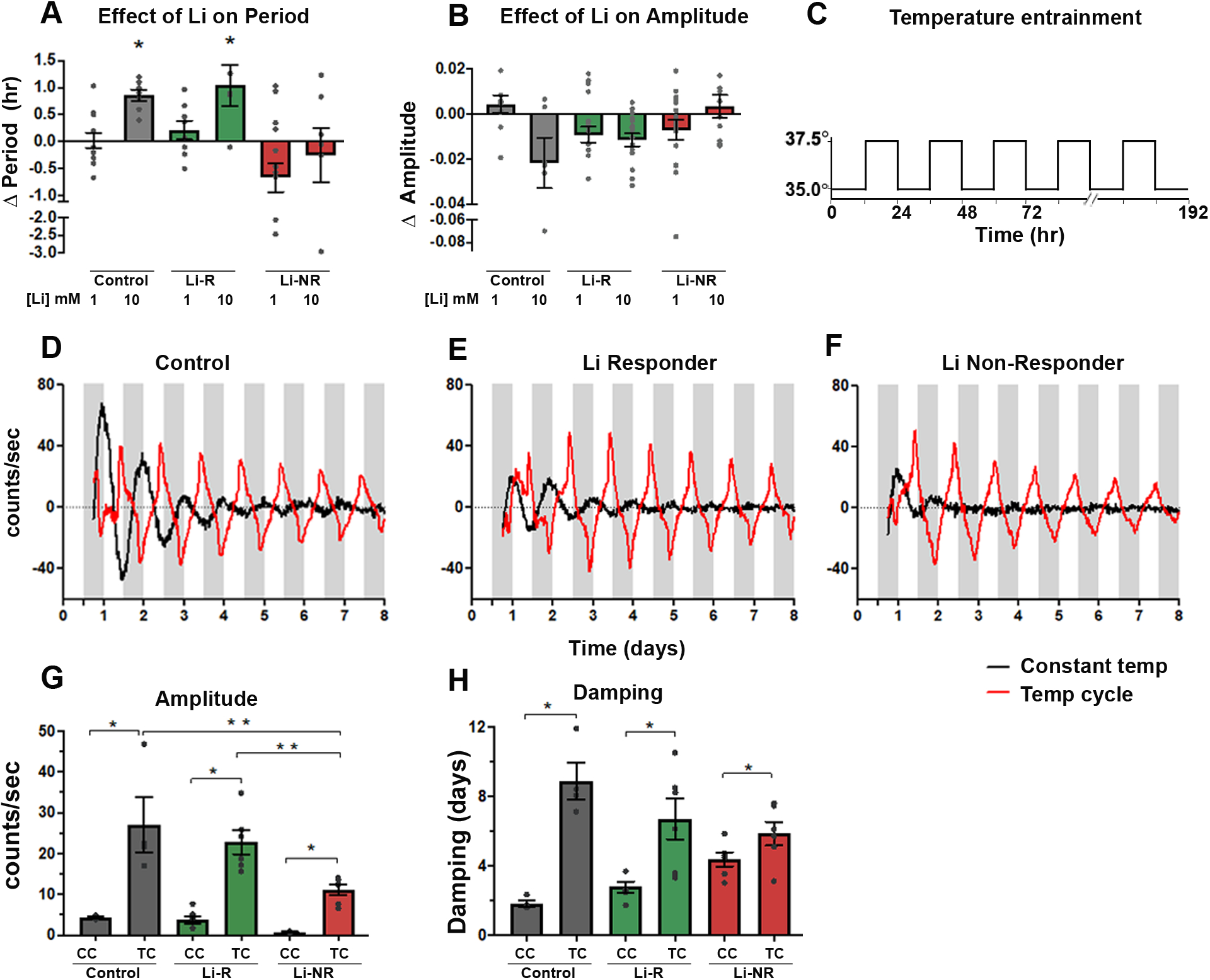Figure 5: Effects of lithium and temperature entrainment on neuronal rhythms.

Neurons were treated in vitro with lithium (1–10 mM) or vehicle (A) Effect of lithium on period. Lithium had a significant period-lengthening effect in controls and Li-R but not Li-NR (two-way ANOVA revealed effects of diagnosis (p<0.001) and diagnosis × lithium (p<0.02). (B) Effect of lithium on amplitude. Two-way ANOVA revealed a significant BD × lithium interaction effect on amplitude (p<0.01), whereby amplitude changes across lithium exposures differed significantly depending on diagnosis. Results (A-B) reflect the mean within-sample difference in period (lithium-vehicle) matched for experimental run for samples from n=3 controls, 2 Li-R, and 3 Li-NR averaged over three technical replicates in five separate experimental trials. (C) Schematic illustration of 12h/12h temperature entrainment schedule (D-F) Neurons from the same donor were studied in parallel under constant (CC) or temperature cycling (TC) conditions. Representative traces of Per2-luc rhythms are shown from control, Li-R, and Li-NR neurons, under CC (black) or TC (red). For the TC condition, white bars indicate 35°C, gray bars indicate 37.5°C. (G) Effects of TC on rhythm amplitude. Amplitude increased in the TC condition for all samples, but the increase was not as great in Li-NR neurons [2-way ANOVA: temperature (p<0.0001), diagnosis (p<0.02), diagnosis × temperature (p < 0.05)]. (H) Effect of TC on rhythm damping. Rhythms damped more slowly in the TC condition for all neurons, but this effect was smaller in Li-NR neurons [2-way ANOVA: temperature (p<0.0001), diagnosis × temperature (p < 0.05)]. * indicates significant effect of TC, ** indicates significant group difference. Error bars indicate standard error of the mean (SEM).
